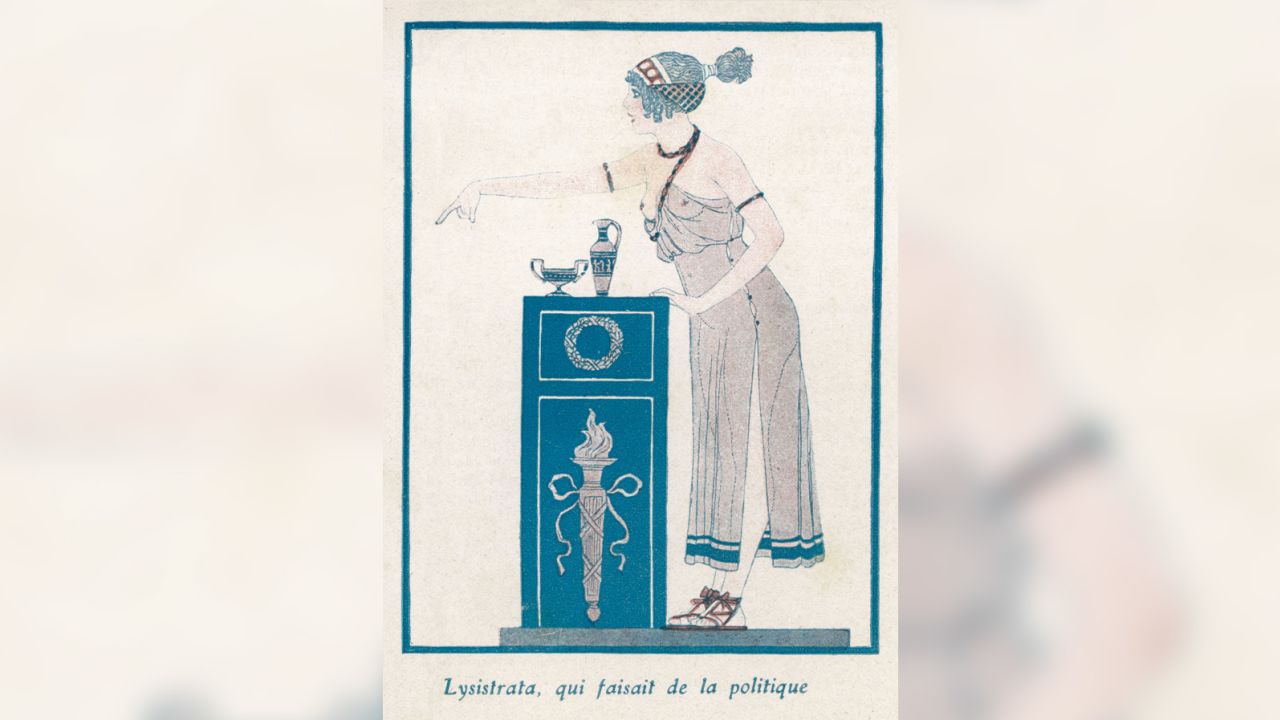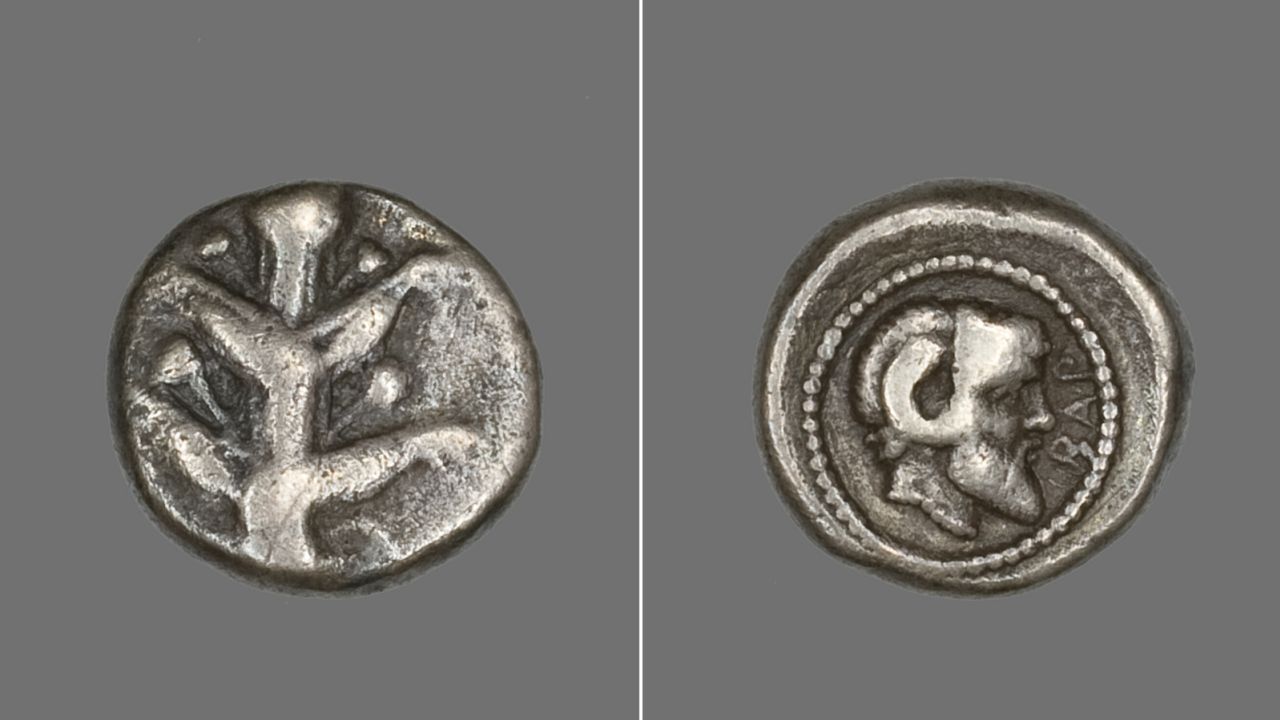Abortion today, at least in the United States, is a political, legal and moral powder keg. But for long stretches of history, terminating an unwanted pregnancy, especially in the early stages, was a relatively uncontroversial fact of life, historians say.
Egyptian papyrus, Greek plays, Roman coins, the medieval biographies of saints, medical and midwifery manuals, and Victorian newspaper and pamphlets reveal that abortion was more common in premodern times than people might think.
This long view of abortion matters, according to Mary Fissell, a professor of the history of medicine at Johns Hopkins University. That’s because assumptions about how abortion was viewed in the past color present-day arguments about abortion rights. Those rights have been severely restricted in many US states since Roe v. Wade, the 1973 Supreme Court ruling that effectively made abortion legally available, was overturned on June 24, 2022, by the US Supreme Court in Dobbs v. Jackson Women’s Health Organization.
Abortion opponents portray the rights granted by Roe v. Wade and legal access to abortion as an historical aberration, according to Fissell, which is not accurate, historians say.
“We have to understand that this is much more changeable than we’ve been led to believe. There’s a steady constant of women terminating pregnancies throughout history, but the meanings of that act have changed very significantly over time and will continue to change,” said Fissell, who is working on “Long Before Roe,” a book on the history of abortion that will publish in 2025.
“The Dobbs decision was not inevitable, but rather a part of a much longer cycle of restriction versus acceptance,” she said.
Earliest references to abortion
The first written references to abortion are contained in an ancient Egyptian papyrus written about 3,500 years ago. The Ebers Papyrus, a medical text, suggested around 1550 BC that abortion could be induced using a “plant-fibre tampon coated with a compound that included honey and crushed dates.”
In ancient Greek and Rome, references to abortion and botanical substances that induce abortion were common in medical and other texts — although it’s not clear how widely they were used, Fissell said.

In 411 BC, Greek playwright Aristophanes in his play Lysistrata described a desirable young woman as “trimmed and spruced with pennyroyal,” a plant thought to induce abortion.
Plants and botanical substances can have toxic effects, and there’s no evidence on whether historical methods to induce abortion were effective or not.
The search for silphium
In ancient Rome, another plant that was thought to end an unwanted pregnancy (among other uses), was so valued it disappeared — the first recorded extinction in world history, according to archaeologist Lisa Briggs, a research fellow at Cranfield University and a visiting researcher at the British Museum.
Silphium, also used to flavor food, was traded across the ancient Roman empire. The city state of Cyrene (in modern-day Libya), the only region where the plant grew, based its whole economy on the plant. It appeared on coins and other artifacts unearthed from the region, Briggs said.
“Contemporary authors said it was worth its weight in gold and silver. And so it clearly had a value beyond just its tastiness. I suspect that women’s desire to use it as an abortifacient is one of the reasons the price was driven up,” said Briggs, who is searching for archaeological evidence of the plant, which was turned into a resin, in shipwrecks and museum collections.
Pliny the Elder, a Roman author and philosopher who was born around 23 AD, described the plant’s ability to expel an unborn fetus along with other medical uses. It’s impossible to know for sure whether the plant would have had the desired effect, but modern-day studies on related Ferula plants and lab rats showed the plants “exhibit anti-fertility properties in rodents,” Briggs wrote in a paper she coauthored last year.
Briggs believes demand for the plant among women may have been a key factor, although not the only reason, for its extinction. The plant was resistant to cultivation, Briggs noted, and climate change and a shift in soil characteristics may also have been factors.

Abortionists who were saints
It’s sometimes assumed that Christianity has always unequivocally condemned abortion but Maeve Callan, a professor and historian of religion at Simpson College in Iowa, said this misrepresents the past.
“People act like there’s only one acceptable attitude towards abortion if you’re Catholic, or if you’re Christian more broadly, or even if you’re religious more broadly. And there’s always been a diversity of viewpoints,” said Callan, the author of the book “Sacred Sisters: Gender, Sanctity, and Power in Medieval Ireland.”
Her research, along with other scholars, has uncovered four medieval Irish saints who celebrated ending pregnancy among their miracles, according to medieval manuscripts that described saints’ lives. Typically, these miracles include a nun who has breached her vow to chastity and become pregnant but, through the saint’s intervention, the pregnancy miraculously disappears.
The most famous was Saint Brigid, a lesser-known patron saint of Ireland than Patrick, and one whose standing was honored with an inaugural public holiday this year.
According to a churchman named Cogitosus, who wrote the first biography of Brigid around 650 AD — some 200 years after her birth — she miraculously ended a woman’s unwanted pregnancy, “causing the fetus to disappear without coming to birth and without pain.”

Another saint, Ciarán of Saigir, rescued a nun abducted by a king, according to a biography: “When the man of God returned to the monastery with the girl, she confessed that she was pregnant. Then the man of God, led by the zeal of justice, not wishing the serpent’s seed to quicken, pressed down on her womb with the sign of the cross and forced her womb to be emptied.”
Callan is quick to point out that these Irish saints weren’t champions of choice for women when it came to unwanted pregnancy, nor was it likely that these saints actually performed abortions.
“The miracles show people’s attitudes toward abortion and in some circumstances it was seen as acceptable, even as a miraculous blessing.”
According to Callan, the Old Irish Penitential, a book that details punishments for sins, the penance for abortion depended on the stage of pregnancy, divided into three, like trimesters: In the first, three and a half years of penance; in the second, seven years; in the third, 14 years. But as Callan put it, “pretty much everything was a sin.” The Old Irish Penitential also stipulates that oral sex merits four or five years’ penance the first time, seven years if it is repeated.
“It’s not permissive. Abortion is not okay (according to these teachings). It’s just less of a sin.”
The idea that life begins at conception becomes dominant in Catholic teachings only about 150 years ago, according to Callan.
Previously, Catholic teachings suggested that a fetus becomes a person some weeks if not months later, once it receives a rational soul — known as “ensoulment.” This often gets associated with “quickening,” when the mother feels the fetus move for the first time, generally in the fifth month of pregnancy.
It wasn’t until 1588, that Pope Sixtus V officially classified abortion, regardless of the stage of fetal development, as homicide. However, after Sixtus’s death in 1590, Pope Gregory XIV quickly rolled back the dictate, limiting it to ensouled fetuses.
Why the long view is important
In research for her upcoming book, Fissell said she had uncovered that “what people dislike about abortion changes immensely over time.”
In ancient Rome, for example, abortion was only an issue for elite women, who were thought to be covering up adulterous relationships. In the Renaissance, abortion was linked to witchcraft. For most of history, abortion has not been an issue about the fetus, like it is today, but rather about women’s behavior.
“This whole innocent unborn life that is the language of the American right today, that’s only (in recent) decades. Sometimes abortion was something people didn’t like because it pointed to illicit sex. Women have always terminated pregnancies, for as far back in the historical record we can see,” said Fissell. “I think the long view is really important. Things were not always as they are today.”
